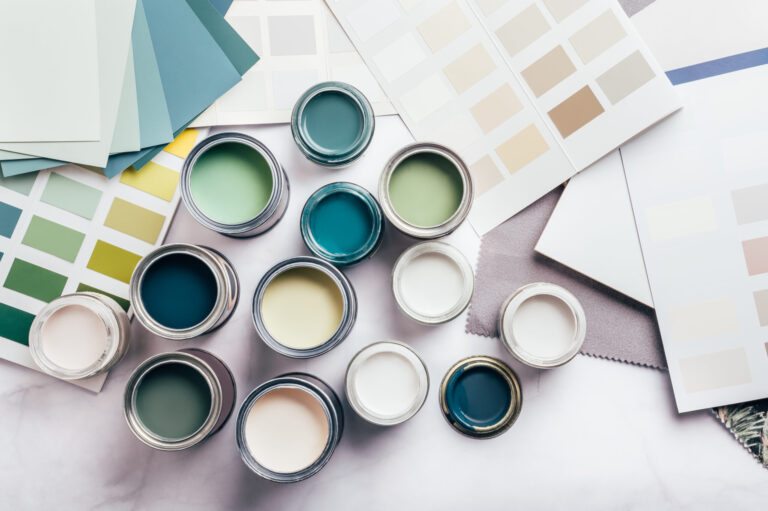How to Maintain Painted Surfaces: Essential Tips for Longevity and Shine
10 Essential Tools for DIY Painting and Carpentry Projects
Introduction
Whether you’re refreshing a room with a coat of paint or building a custom bookshelf, having the right tools can make the difference between a professional finish and a frustrating mess. For DIY enthusiasts and homeowners, investing in quality tools saves time, money, and effort while ensuring lasting results. Painting and carpentry projects demand precision, and the wrong brush, saw, or measuring tape can derail even the simplest task. This article highlights 10 must-have tools that bridge the gap between amateur attempts and expert-level work. From foundational items like a reliable hammer to specialized tools such as angled paint brushes, we’ll cover what you need, why it matters, and how to use each tool effectively. Let’s build (and paint) your confidence!
Essential Tools Every DIYer Should Own
Before diving into project-specific gear, start with these basics:
- Claw Hammer: Opt for a 16-ounce model—lightweight yet sturdy for driving nails and prying materials apart.
- Utility Knife: Perfect for scoring drywall, opening paint cans, or trimming carpet edges.
- Screwdriver Set: Magnetic tips and interchangeable bits simplify assembling furniture or fixing cabinets.
- 4-Foot Level: Ensures shelves, frames, and tiles are straight. A smaller 12-inch level works for tight spaces.
- Safety Gear: Gloves, goggles, and a respirator protect against splinters, fumes, and dust.
Must-Have Painting Tools for a Flawless Finish
A smooth paint job relies on the right applicators and prep tools:
- Angled Sash Brush (2.5-inch): Cuts crisp edges around trim and corners. Synthetic bristles work best with latex paint.
- High-Quality Roller and Sleeves: Use a 9-inch roller with a 3/8-inch nap for walls; microfiber sleeves minimize splatter.
- Paint Tray with Liners: Disposable liners speed up cleanup and prevent dried paint buildup.
- Painter’s Tape: FrogTape®’s edge-lock technology prevents bleeding for sharp lines.
- Paint Sprayer (Optional): Ideal for large surfaces like cabinets or fences. HVLP models offer precision with less overspray.
Crucial Carpentry Tools for Precision and Durability
From measuring to cutting, these tools ensure accuracy and efficiency:
- Tape Measure (25-foot): Look for a magnetic hook and standout reach for solo measuring.
- Combination Square: Checks 90-degree angles and marks consistent lines for joints.
- Circular Saw: A 7.25-inch blade handles plywood, 2x4s, and trim. Pair with a guide rail for straight cuts.
- Power Drill/Driver: Lithium-ion cordless drills offer versatility for drilling holes and driving screws.
- Bar Clamps: Secure materials during glue-ups. Start with two 24-inch clamps for most projects.
Maintenance Tips to Extend Tool Lifespan
- Clean paintbrushes with warm, soapy water immediately after use. For dried paint, soak in fabric softener.
- Sharpen chisels and saw blades regularly using a honing stone or professional service.
- Store tools in a dry, organized space. Silica gel packs in toolboxes prevent rust.
Conclusion
Equipping your toolkit with these 10 essentials—from a trusty claw hammer to a precision combination square—empowers you to tackle painting and carpentry projects with confidence. Remember, quality tools are an investment: they improve results and last decades with proper care. Before starting your next project, review your toolkit, replace worn-out items, and practice techniques like “cutting in” paint edges or making pilot holes for screws. Whether you’re crafting a picture frame or repainting the kitchen, the right tools transform DIY challenges into rewarding accomplishments. Pro tip: Label tool storage bins clearly to save time and keep your workspace clutter-free. Happy building!







